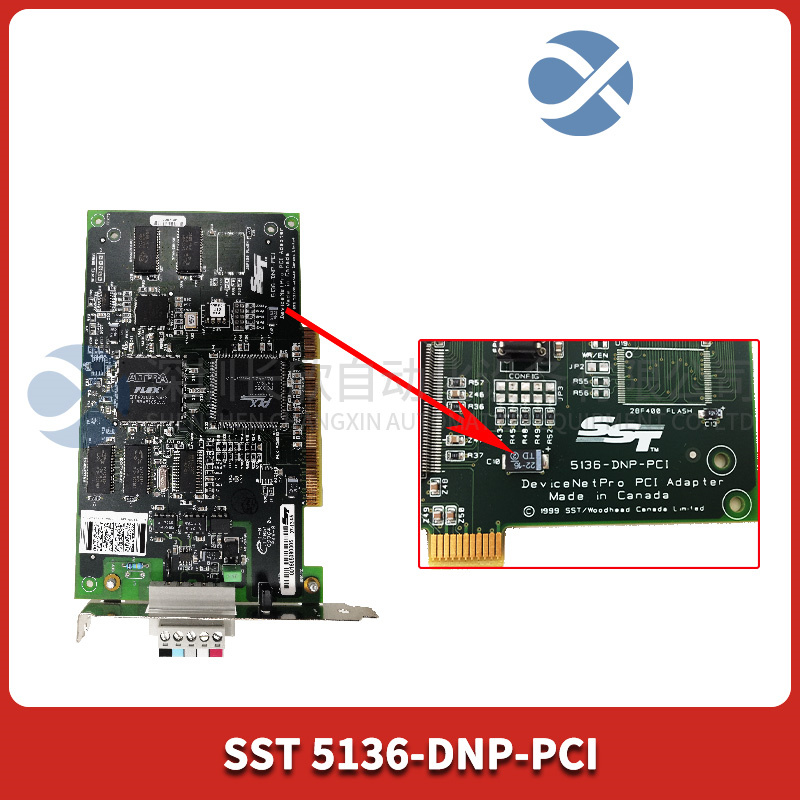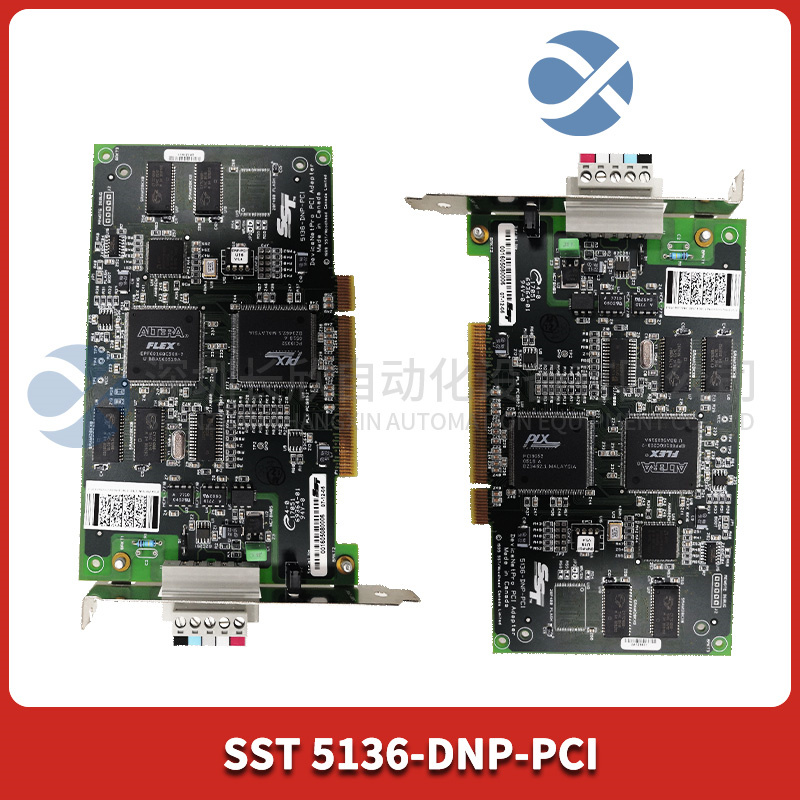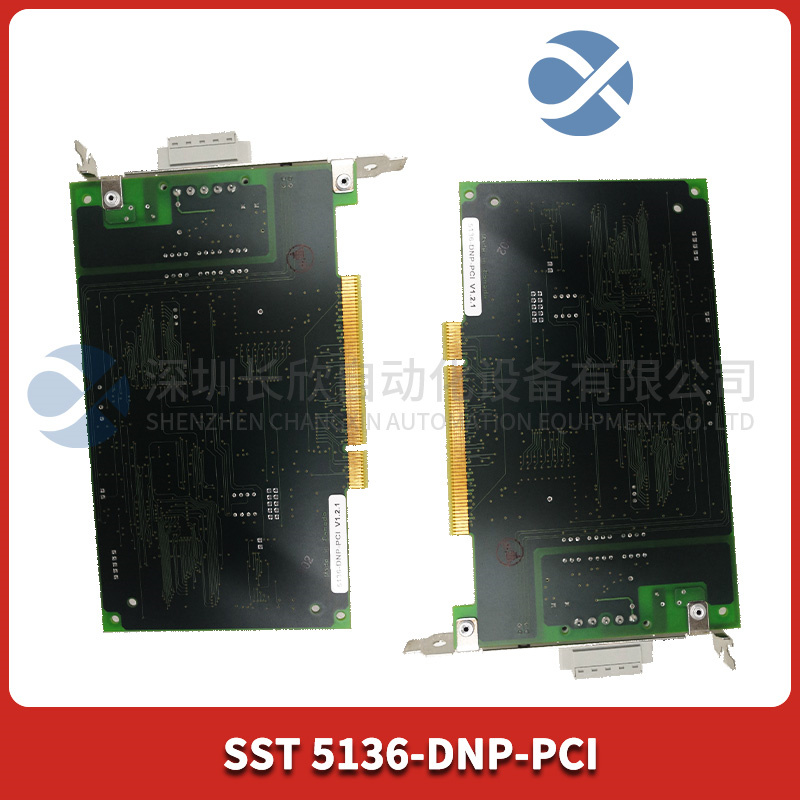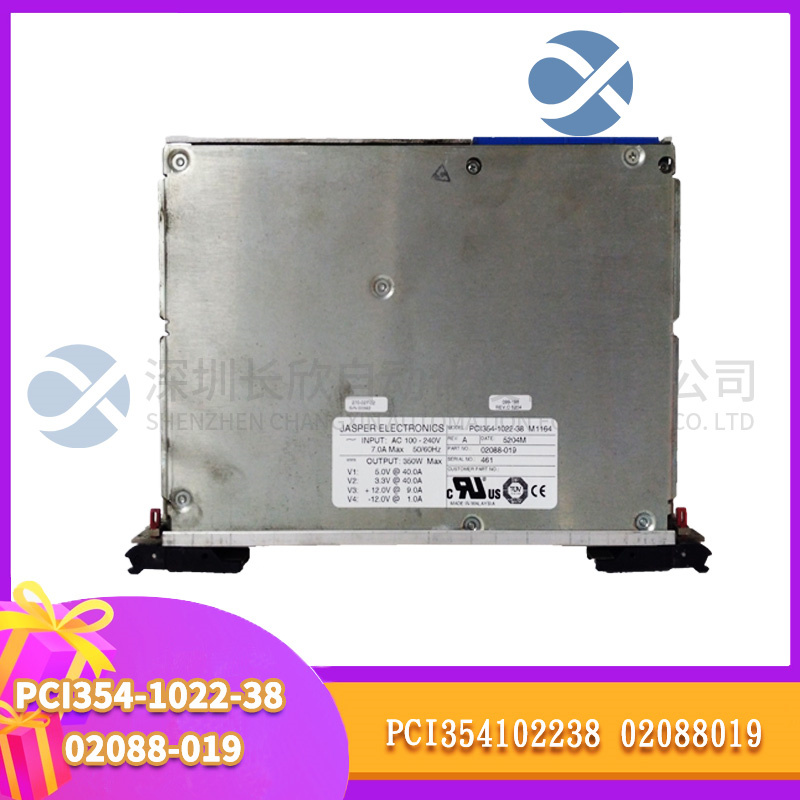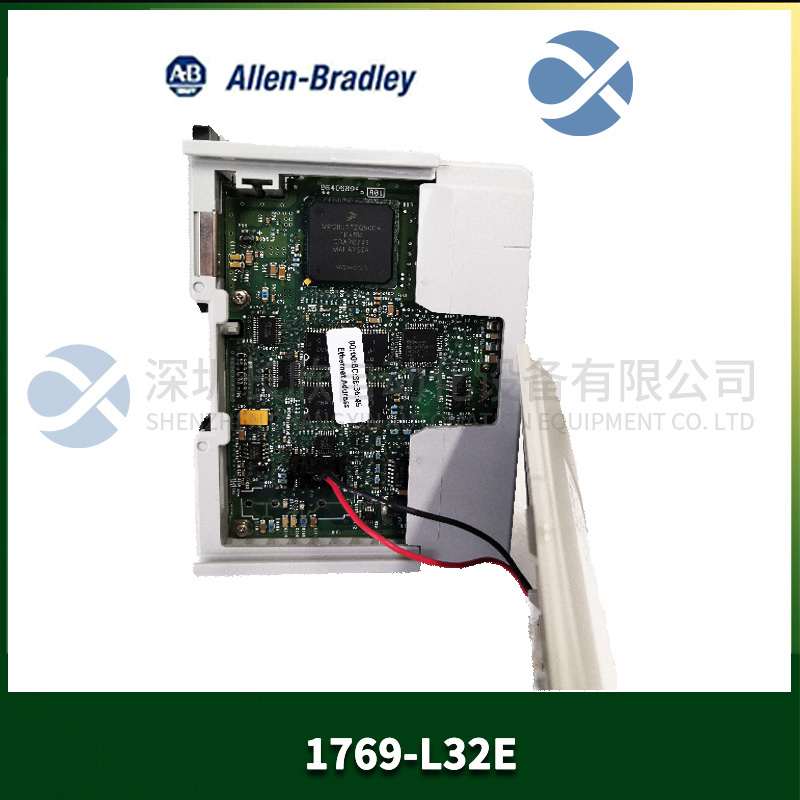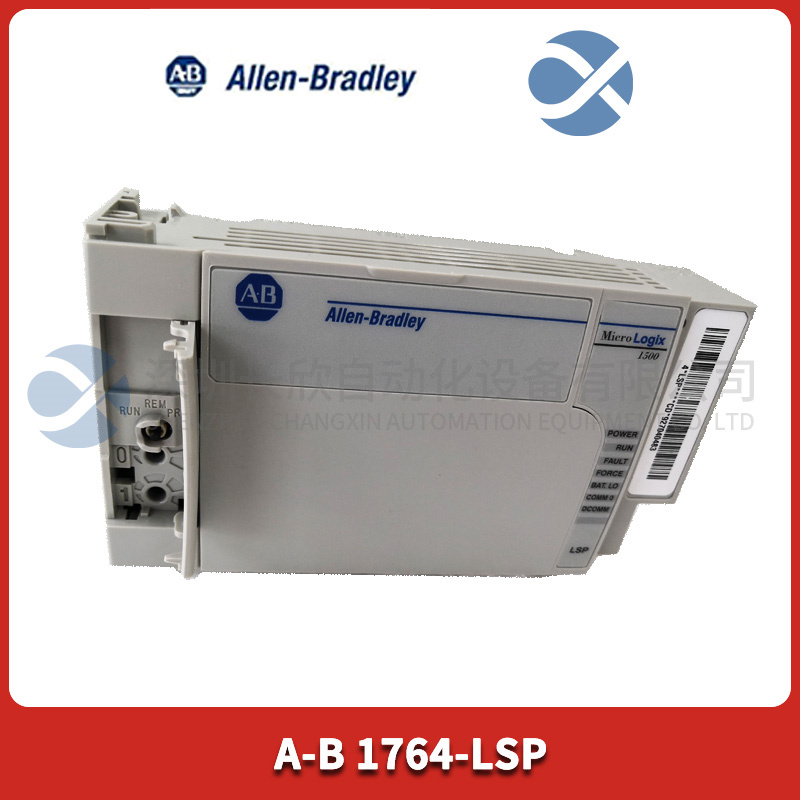Description
5136-DNP-PCI robot control interface card module and interface card are for high-end modular routers and switches, and do not involve modules and interface cards for fixed configuration routers and switches. Usually, the network module is developed to expand the functions of the local area network (LAN), and the interface card refers to the wide area network (WAN) interface card, through the WAN interface card, routers and switches can conveniently achieve more efficient WAN access. The advantage of using modular design products is that they can effectively protect user investment, truly achieve on-demand purchase, and the product can be strongly expanded to meet the expanding needs of the business.
For example, the Cisco 2600 series can be customized to suit any network service needs through networking modules, which include a wide range of applications: multi-service voice and data integration, analog and ISDN dial-up, ATM access, low-density switching, intrusion detection, serial device integration, and more. Some of these network modules are integrated with interfaces and can be used directly; Some have no interface, only slots, you need to install an interface card to use; Some have both interfaces and slots, and may not use or select interface cards according to the situation.
In the early stage of the development of avionics system, it is usually necessary to do various simulation experiments on the ground based on microcomputer. This makes the development and innovation of the interface board for each simulation system become a key point in the development of avionics system. The main task of the interface board is to realize the communication between the data bus of the avionics system and the data bus of the PC, so that the PC can simulate the actual subsystem connected to the data bus of the avionics system. The Peripheral Component Interconnect (PCI) bus is an advanced high-performance 32/64-bit address data multiplexing local bus that can support multiple groups of peripheral devices at the same time. PCI local bus is not subject to the processor, providing a bridge for the central processor and adjusting peripherals, but also as a traffic commander between the buses, improving data throughput, with support for linear burst transmission, minimal access delay, the use of bus control and synchronous operation, strong compatibility and other advantages. This paper designs an interface board based on PCI bus, its service object is MIL-STD-1553B bus, and writes its driver under Windows.
1 1553B Bus protocol
MIL-STD-1553B is a military standard on data bus electrical characteristics and protocol specifications, this standard specifies the technical requirements of the internal digital command/response time division multiplex data bus, also specifies the mode of operation of the multiplex data bus and the format of the information flow on the bus, and electrical requirements. Its role is to provide a medium for the transmission of data and information between different systems.
The 1553B data bus performs the transmission of data information in an asynchronous, command/response manner and is a diplex communication mode with three terminal types: bus controller (BC), remote terminal (RT) and bus monitor (BM). The BC is the only terminal on the bus that is scheduled to perform the task of establishing and starting data transmission, the BC controls the transmission of all data information on the data bus, and there is only one BC on the bus at any time. RT is the interface of the user subsystem to the data bus, which extracts or absorbs data under the control of the BC. MT “monitors” the transmission of information on the bus to complete the recording and analysis of data sources on the bus, but it does not itself participate in the communication of the bus. The information transmission modes between terminals are: BC to RT, RT to BC, RT to RT, broadcast mode and system control mode. The information flow on the 1553B data bus consists of messages, and a complete message includes three types: command word, data word and status word. The word length of each word is 20 b, the first 3 bits of the synchronous header, the effective information bit is 16 bits, the last bit of the 5136-DNP-PCI robot control interface card is a parity check bit, using odd check, the message word uses Manchester II code modulation signal, all message formats are based on the three word types described earlier.

 WhatsApp:+86 18150087953 WeChat: +86 18150087953
WhatsApp:+86 18150087953 WeChat: +86 18150087953  Email:
Email:
